My question is on how to correctly interpret (and use) the 'weights' input variable in the nls function of R for non-linear weighted least squares regression.
The solution for solving the unknown parameters in weighted least squares theory is: 
From this the variable P is the weight square matrix of size (NxN) where N is the number of data observations.
However, when I look at the nls documentation in R found here, it says the 'weights' to be input is a vector.
This has me puzzled since based on my understanding, the weights should be a square matrix. Some insights with those who have a better understanding is appreciated.

